Rembrandt Harmenszoon van Rijn was a Dutch Baroque painter. He was born on July 15, 1606 in Leiden, and died on October 4, 1669 in Amsterdam. He is considered one of the greatest painters and graphic artists in European art and the most important in the history of the Netherlands. The topics he covered were biblical and portraits. He painted characters housed in twilight interiors with contrasts of light and darkness. The Amsterdam period begins with a portrait of dr. Tulpa with his assistants (Anatomy Class by Dr. Nicolaes Tulpa), and ends with Night Watch, a masterpiece of group composition. That is when his first landscapes were created. All his life he painted his character (about 100 self-portraits). There he discovered the most subtle nuances and transitions between light and darkness. He was valued more as a engraver than as a painter until the second half of the 19th century, when a painting genius was discovered.
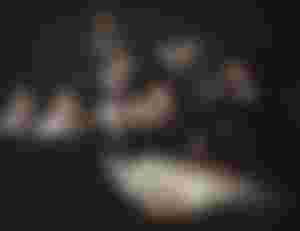
Early period
Rembrandt was born in Leiden, the Netherlands in 1606, as the eighth child of Harmens' parents Geritz van Rijn and Cornelia Willemzdohter van Zoittbrook. Rembrandt's father, Gerica van Rijn (Rhine River) was a miller and the only member of his family to convert from Catholicism to Protestantism, and his mother Cornelia was the daughter of a baker. They were a well-to-do family at the time. Rembrandt's parents had ten children, two of whom died in childhood. Rembrandt van Rijn attended primary school from 1612 to 1616, and then went to the Latin school in Leiden, where he participated in Bible studies and lessons in classics and history. The future painter attended the Latin school from the age of seven to fourteen and finished it with solid knowledge, which he later used to work on paintings with historical and mythological themes. The goal of the schooling was to prepare young people for enrollment at the University of Leiden, at that time one of the best in Europe.
Rembrandt was admitted to this higher education institution. However, he remained only a few months because he was not interested in formal education, so he was sent to be trained as a painter at his request. From 1620 to 1624 or 1625, Rembrandt went to an artist's school with two masters. His first professor was Jakob van Svanenburg (1571-1638), with whom he worked for about three years. At van Svanenburg, Rembrandt learned basic artistic skills, drawing, graphics and painting. Van Svanenburg specialized in scenes of hell and the underworld, and his ability to paint fire and the way his light reflected on surrounding objects probably influenced Rembrandt's later work. At the age of seventeen or eighteen, Rembrandt realized that he had received from van Svanenburg everything that he could provide and teach him, and begged his father to let him perfect his craft in Amsterdam in the workshop of one of the most famous Dutch painters of the time.
His father approved, and Rembrandt's other teacher became Peter Lastman of Amsterdam (1583-1633), a famous historical painter who probably helped Rembrandt master the genre, which included placing figures from biblical, historical and allegorical scenes in complex settings. While in Lastman's workshop, Rembrandt could be considered Caravaggio's student, because during the six months of 1924, the young painter not only managed to master the theme and style of his teacher, but also the technique of the great Italian painter Caravaggio.
Researchers point out that in the middle of the 17th century, there was almost no difference between these two painters, there was an incredible similarity, and today only an expert can distinguish "early Lastman" from "early Rembrandt". In 1629, Rembrandt was discovered by the statesman Constantijn Huigens, the father of Christian Huigens (a famous Dutch mathematician and physicist), who worked for Rembrandt's important commissions in the court in The Hague. As a result of this connection, Prince Frederick Hendrick bought Rembrandt paintings until 1646.
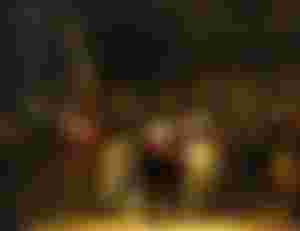
Love and success in Amsterdam
At the end of 1631, Rembrandt moved to Amsterdam, and then a good word about him quickly spread and for the first time he started doing professional portraiture. At that time, he worked very fruitfully and portraits hung everywhere on the walls of the workshop and in his house. The young master was determined and ambitious. This was seen at high prices. He took 50 florins for painting one face, and for the whole portrait with a full-height figure, the price reached six florins. He met the merchant Henrik van Oilburg and became his associate.
Instead of RHL, he began to sign himself as Rembrandt, like the great Italian masters Raphael, Titian and Michelangelo, whom the whole world knew by name. In 1932, Rembrandt received an order that totally changed his life. It was a group portrait for the guild of Amsterdam doctors.
The painting entitled "Dr. Tulip's Anatomy Class" was commissioned from Rembrandt by the Society of Amsterdam Physicians shortly after his arrival in the city. It was the first great experience of a young painter in the genre of group portrait. This order was not as important as it was rare, since public classes on corpses were organized once a year. The picture shows the body of a resident of Leiden, Andrian Adrians, who was hanged in Amsterdam on January 31, 1632 for theft. The autopsy was performed by Dr. Nicholas Tulip, who was the first anatomist of the society. Rembrandt makes a non-traditional composition, instead of figures posing, which was the usual way of group portrait at the time, he paints a dynamic group of seven people who listen to their lecturer with interest. Even those characters who were distracted by something and looked away, do not look like models posing for an artist. Rembrandt was the only one who was able to harmoniously combine unexpected colors, and light pink and pale blue can be called his favorite shades.
Only a day after the official ceremony, Rembrandt literally became famous. Everyone congratulated him and ordered his pictures. He leads an active social life and receives the most famous and important people in Amsterdam in his home, and he gladly went out on his own. During one outing, he met Saskia van Uilenburg. This girl was the daughter of the mayor of the city of Leeuwarden and the sister of Rembrandt's uncle, a business friend. She was an orphan but also had a relatively good dowry.
In June 1633, Rembrandt and Saskia got engaged, and a year later they got married. The synonym "miller" followed Rembrandt's name, but with this marriage he entered the circles of academic citizens, and the synonym was lost. From 1632 to 1640, the Grand Master painted sixty-one portraits. He painted dramatic, large biblical and mythological scenes and used his contrasting method of light and darkness, such as "Blindness of Samson" in 1636 and painting "Days" in 1636. In "Blindness of Samson" the drama of the theme is emphasized by the contrast of light and shadow. Most of the painting is in shadow or darkness, and from the depths springs the light that illuminates the main motif, Samson. In the picture, different diagonals clash, the soldiers line up one above the other, and that rhythmicity gives stability to the composition. The painting "Dana" is about the greatness of the life of the character Dana from Greek mythology, Perseus' mother. It is believed that she greeted Zeus, who impregnated her in the shape of a golden bead. Although this is one of Rembrandt's most magnificent paintings, it was probably difficult to sell because of its size of eight to ten meters. Although the artist's wife Saskia was the original model of the painting, Rembrandt later changed the character's face to his mistress. Despite his tradition of biblical images, it is unknown whether Rembrandt belonged to any religious community. Rembrandt is at the peak of his fame, he had a large group of students he leads, he earns well, but he also spends as much on his collection of world art masterpieces. His new social status forces him to change his place of residence, and he takes a loan and buys a house in a luxurious part of Amsterdam. Rembrandt was very worried that he had no heirs because his three small children, while they were babies, died. It was not until 1641 that Saskia gave birth to a healthy boy, whom his parents named Titus.
Gradual decline
In January 1642, Rembrandt received an order from the Civil Police Association for a group portrait of their company. The members of the company were the richest and most influential Amsterdam citizens. The painter was obliged to paint sixteen officers, the most prominent people of the Association, led by Captain Frans Banning Kok, and they all paid 100 gold coins each. The painting was completed in the summer of that year and was named "Captain Frans Banning Coke's Civil Militia Company Coming Out" and caused a huge scandal.
Such scenes of group portraits are mostly shown in the form of some friendly feasts, in which the figures are grouped at the table of their president. Rembrandt did something completely different. In his picture from deep darkness, straight towards the observer, a group of armed people is moving, illuminated by some strange light. That light pulls out of the fog figures that are barely visible, for half an hour, or reflects on the helmet, and at the same time, it fully illuminates the figure of a girl who, who knows where, appeared among the members of the company. What does her presence mean and did the respected officers and citizens of the association pay 100 gold coins to be seen somewhere in the background of the picture, in the darkness? Because instead of the sixteen people who paid for the picture, there are more on it. Rembrandt could not convince the clients in the arguments that more than sixteen people were needed to create an atmosphere of military alert, and that the child was there to express the idea of the fight between light and fog. Since Captain Banning Kok did not recognize himself in the painting, he asked the painter to return the money and ordered the painter Van der Helst to "rework the painting". However, the colleague was so delighted with the picture, that he resolutely refused the offer. In 1642, his wife Saskia died, whose health was endangered by tuberculosis and childbirth, and the painting "Night Watch", which caused a scandal that year, drove away many wealthy buyers.
Rembrandt's self-portraits
Rembrandt made more than eighty self-portraits, but also other works in which his character appeared, where he was as a participant in the action or as an observer from the side. Rembrandt, by painting his portraits throughout his life, in a way noticed the development of his physical and spiritual being in extraordinary works. In his self-portraits, we can see a young painter at the beginning of his career, through a successful and somewhat vain man at the height of his fame, all the way to the tragic face of an old man with traces and scars on his face. There is no vanity in his self-portraits, he simply shows interest in the human soul or, in the words of Rembrandt himself, "I am in search of the strongest mental states", in which he simply had to start from himself first. His self-portraits can now tell the dramatic story of his biography far better.

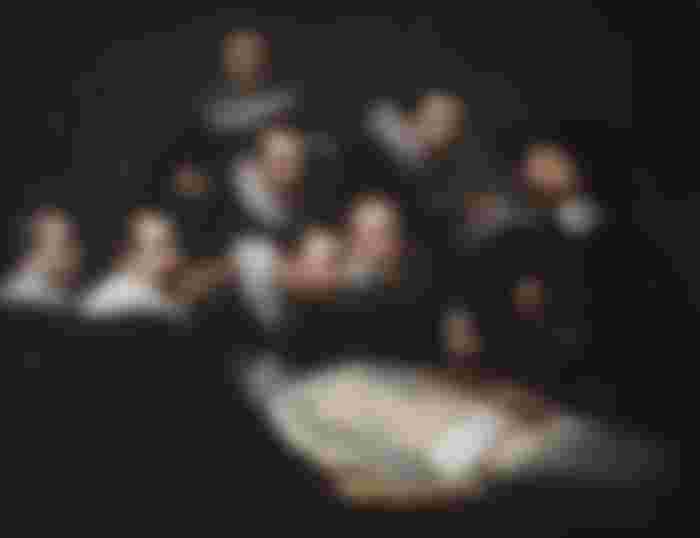
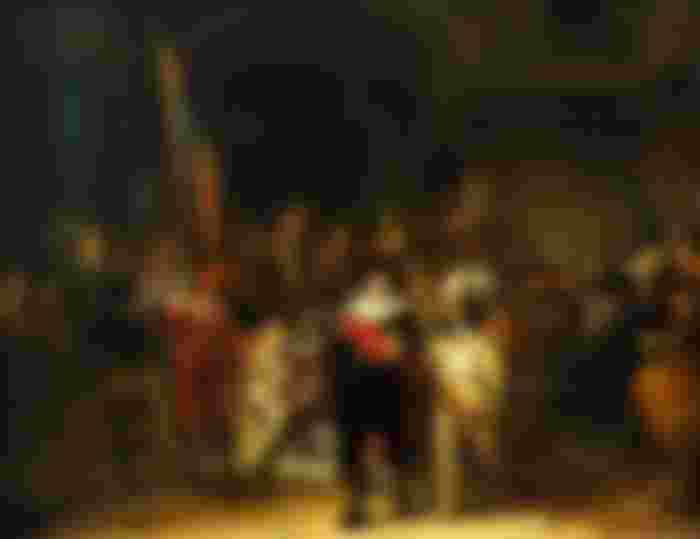
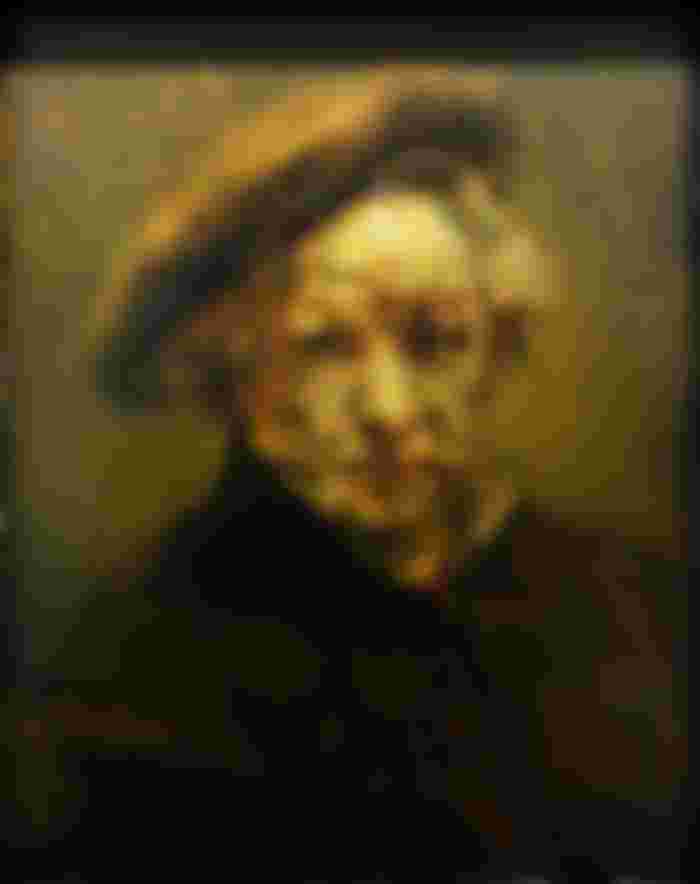
Rembrandt's anatomies have always been fascinating to me.